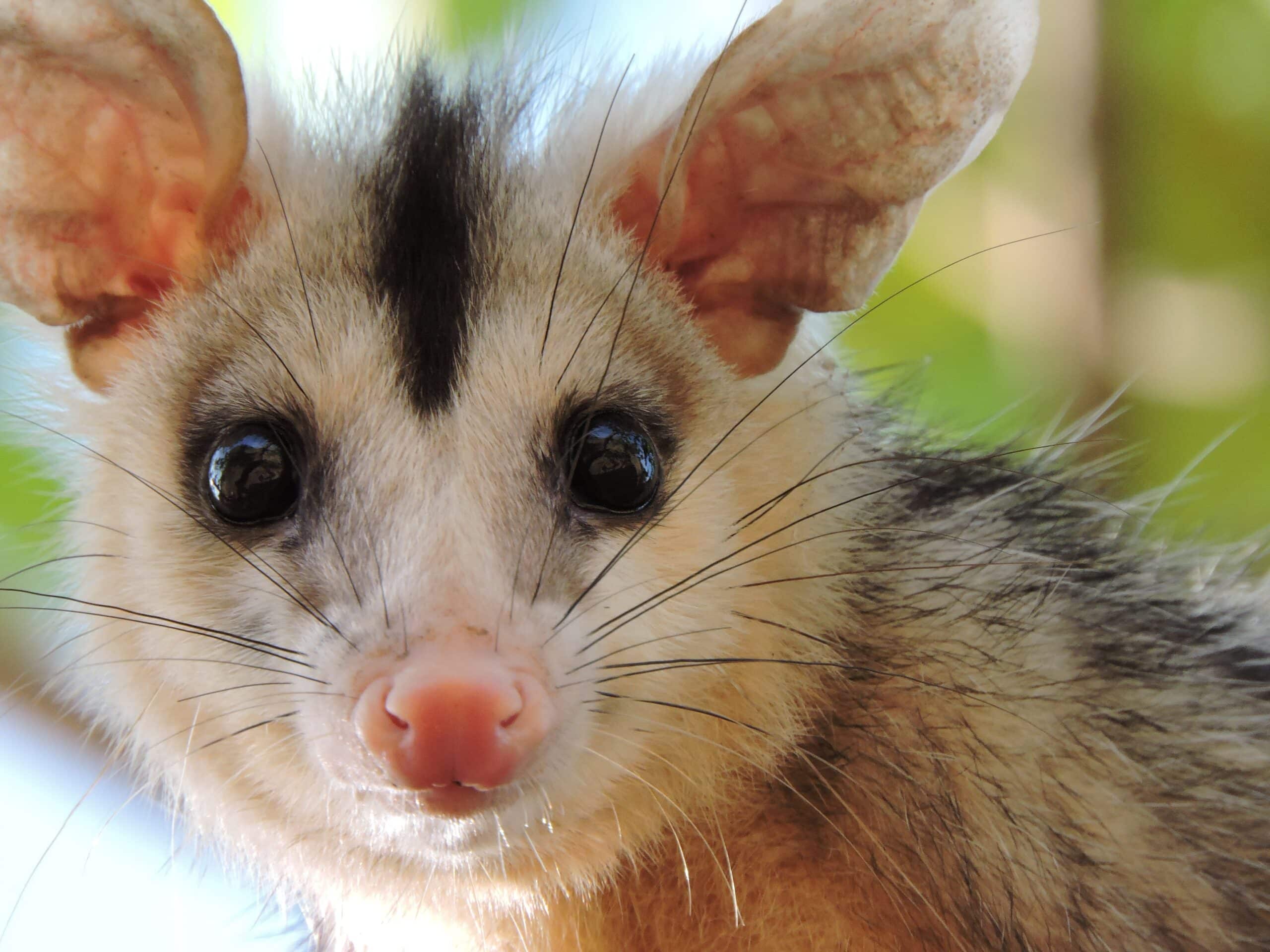
If you ever wanted a reminder that “bigger is better,” then the importance of apex predators should undoubtedly do the trick. Apex predators come in all shapes and sizes and maintain the delicate balance of our ecosystem like no other species can.
This blog post will look closely at how apex predators ensure that nature remains in perfect harmony!
Introduction
Apex predators, also known as top predators or dominant carnivores, are a crucial component of any healthy ecosystem. They can significantly shape the balance between species and maintain the order of their environment by providing stability against disruptive forces. In other words, apex predators control prey populations and species numbers to ensure that no one species is overabundant in a given habitat.
Without these top predators in the food chain, various adverse effects could occur—such as changes to water quality, soil fertility, and overall biodiversity within a particular area. This article aims to illustrate why apex predators are so important in maintaining the delicate balance of an ecosystem so that we can better understand their role within our natural world.
Definition of Apex Predators
Apex predators are the species at the top of the food chain in their habitat. These organisms are considered keystone species because they play a critical role in maintaining and regulating their ecosystems’ diversity, population dynamics, and stability.
As top-level predators, apex predators help to control populations of prey species, which helps to prevent overgrazing, prevent resource monopolization, and maintain a balanced trophic structure within its ecosystem. In addition to their role as regulators of their communities, apex predators can also act as efficient scavengers – consuming carcasses left by other species, which helps to minimize nutrient waste.
By controlling these food web interactions, apex predators can, directly and indirectly, influence other species’ composition and distribution – creating an environment with better nitrogen cycle efficiency and overall ecosystem productivity.
Role of Apex Predators in Ecosystems
Apex predators play a critical role in maintaining the balance of an ecosystem. Removing weaker and diseased animals from a population help promote their habitat’s overall health. They also regulate the populations of species below them in the food web, ensuring that they don’t become overpopulated, leading to resource depletion and competition among prey species.
Apex predators also have an essential role in shaping their prey species’ evolution, and much of this process still needs to be understood entirely. The presence of apex predators can lead to increased robustness, intelligence, and vigilance among their prey, thus reducing damage from disease, increasing adaptive capabilities, and increasing long-term evolutionary success. This can also lead to reduced resource competition between different species allowing for more extraordinary biodiversity within an ecosystem.
Finally, apex predators are often seen as indicators for the overall health of terrestrial and marine ecosystems. For example, declining populations of lions or sharks may indicate higher levels of poaching or unsustainable fishing practices in those habitats that could have a wide-reaching impact on their environment if these activities are not quickly addressed.
Examples of Apex Predators
Apex predators are at the very top of the food chain and play an essential role in controlling population size and keeping ecosystems balanced. Apex predators can have direct and indirect effects on communities of organisms, but all impacts are vital to maintaining species diversity over time.
Some common examples of apex predators include wolves, mountain lions, hawks, lanternfish, eagles, and tiger sharks. These prominent species interact with their environments differently than other animals; they hunt for food rather than scavenge or graze for sustenance. As a result, their presence in a given area can often indicate that specific populations within it will remain stable and healthy.
For instance, wolf predation on elk or deer is essential for controlling prey numbers and habitat use within a particular ecosystem. Mountain lion predation can provide similar benefits to smaller mammals like rabbits or rodents; this helps limit these species’ populations from exploding too quickly beyond their natural boundaries and keeps the ecosystems surrounding them balanced. Hawks help keep smaller animals, such as mice, in check while supporting other insect-eating birds, like swallows, that depend on them to hunt efficiently.
Finally, lanternfish play a crucial role by providing rich nutrients deep underwater through their waste matter—which circulates more widely due to particular adaptations in these fish’s stomachs—helping sustain entire oceanic systems despite being relatively small creatures. All these apex predators stabilize habitats by managing prey populations – allowing biodiversity and sustainable ecosystems to thrive around them!
Impact of Apex Predators on Prey Populations
Apex predators play a crucial role in maintaining ecosystem balance by reducing populations of large herbivores, small predators, and rodents. Apex predators are species at the top of the food chain which occupy a unique ecological niche and often do not have any natural predators.
Large herbivorous animals (such as deer, elk or antelope) may experience a spike in popularity due to lower predation pressure when apex predators are removed from an area. This increase in the number of large grazers can impact local vegetation by overgrazing and destroying habitats that other species rely on. Additionally, smaller predators (such as coyotes, foxes, or bears) may also experience an increase in population; if these smaller predators become too abundant, they can begin to feed on birds and other small animals that help control insect populations or disperse seeds.
Also, rodents (such as mice and rats) can quickly become too numerous when apex predators are removed — leading to an increased risk for disease transmission. Populations of insects may also become overabundant if not kept in check by some predation pressure. All these changes can disrupt ecological processes — like nutrient cycling — affecting entire ecosystems’ health.
In summary, by controlling numbers of prey species throughout an area — apex predators play a critical role in maintaining an ecological balance within their environment. Conservation efforts must continue to focus on protecting these valuable species if we wish to preserve our planet’s delicate biodiversity.
Impact of Apex Predators on Other Species
Apex predators—also known as top predators, alpha predators, and fish-eating predators—are essential components of healthy ecosystems, with effects that ripple throughout the food web. Apex predators play a crucial role in influencing population sizes and the foraging behavior of lesser predators. In addition, their predation on large herbivores helps limit the number of grazing animals in vegetation-dependent ecosystems. Consequently, apex predators act to reduce herbivore numbers and their associated impacts on endangered species and habitats in forested environments.
Apex predator removal can lead to a cascade loss of species that depend upon them for food and resources. For example, the elimination or decrease of a shark population may increase smaller predatory fish populations due to fewer sharks preying on them. This could detrimentally affect local coral reefs due to overfishing, resulting in large amounts of algae that cloud the water and blocks sunlight from reaching underwater plant species responsible for providing home and resources to small fish populations.
In turn, apex predators also benefit species, as they help maintain balanced populations by controlling the abundance of certain prey species that might otherwise become overgrown within an ecosystem without its presence.
Impact of the Loss of Apex Predators
The loss of apex predators can have significant ripple effects throughout an entire ecosystem. This has been observed in several locations worldwide, including Africa and the United States. Apex predators, such as lions, wolves, or alligators, play an essential role in controlling the populations of their prey species and preventing overgrazing.
Without these top predators in place to balance out their prey populations and prevent them from overgrazing on vegetation and other food sources, those food sources can become exhausted. This has been observed with the decline of African lions and gray wolves in widely different ecosystems in different parts of the world. Additionally, large populations of predators require a more robust environment to sustain them than smaller predators do. So when these apex predators are removed from a habitat, they leave behind a handicapped ecosystem that often struggles to survive.
The loss of larger carnivores also introduces a ripple effect of other environmental issues that reach far beyond just the decline of vegetation in an area. From increased disease transmission and plant diversity loss to changes in water cycle dynamics or geographical features like rivers or streams, the disappearance of apex animals is detrimentally felt far and wide throughout their habitats. As such, we must protect these vital creatures so that ecosystems across our planet are preserved for generations.
Conclusion
In conclusion, apex predators are essential to a healthy, balanced ecosystem. Without them, ecosystems would be unbalanced as one species would grow out of control, eventually destroying the environment and its inhabitants. By understanding their importance in nature’s delicate balance, humans can work to conserve and protect these apex species to maintain the overall health of any given habitat.
Additionally, through education and advocacy efforts, we can help people learn more about the importance of apex predators and how they can be managed responsibly with an eye toward conservation.





